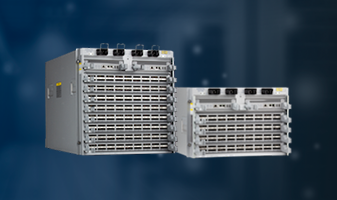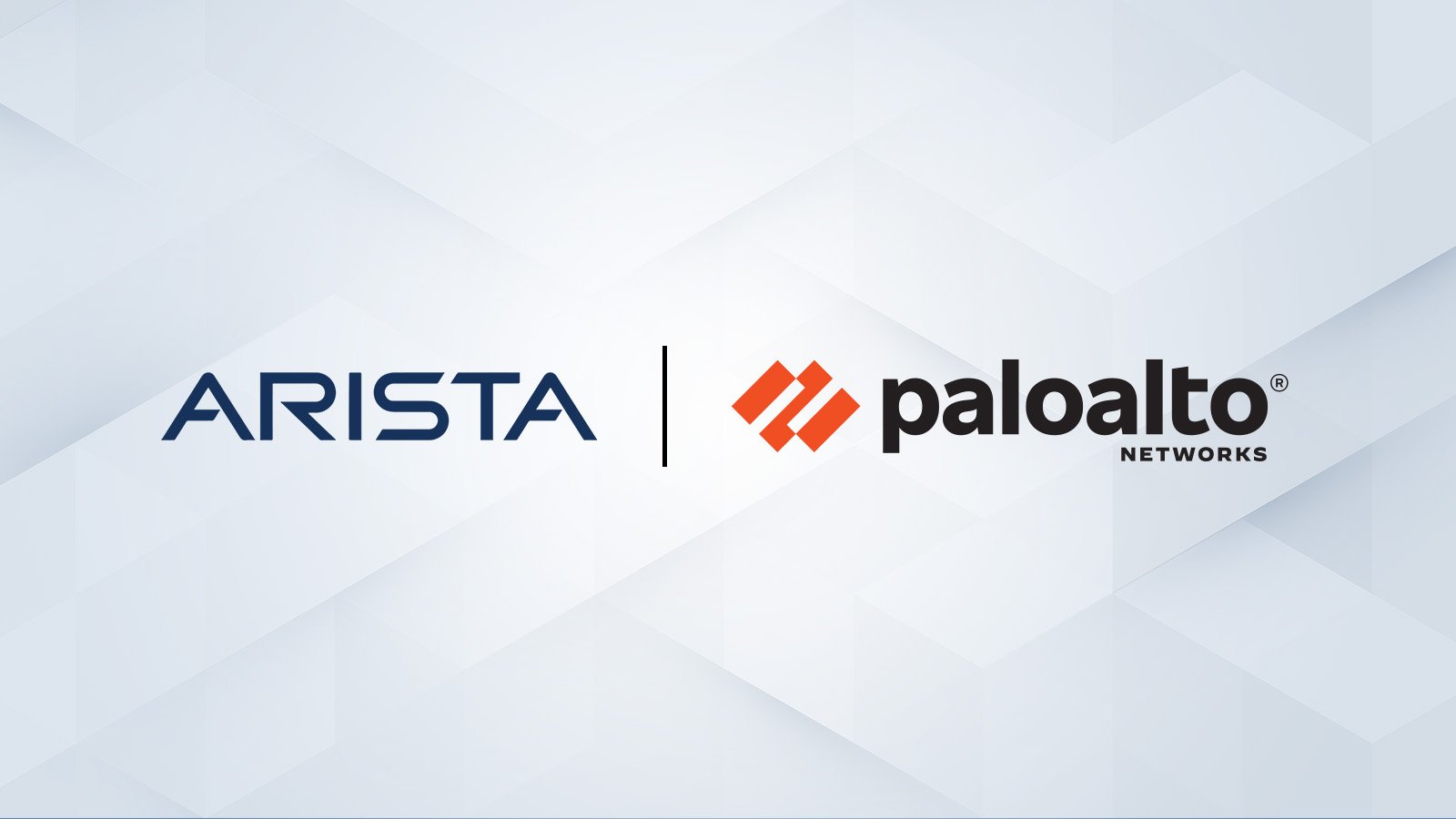Delivering Reliable AI and Cloud Networking
The explosive growth of generative AI and the demands of massive-scale cloud architectures have fundamentally redefined data center networking...
3 min read
 Andreas Bechtolsheim
:
Apr 19, 2010 1:02:29 AM
Andreas Bechtolsheim
:
Apr 19, 2010 1:02:29 AM

We are witnessing a major shift from traditional enterprise data centers to much larger warehouse-scale cloud data centers. This is driven by the economics of scale and the benefits of cloud computing, and is happening for both for public and private clouds.
These large data centers need a much higher performance networks that bears little resemblance with traditional enterprise networks. A cloud data center network needs to interconnect many thousands of servers with predictable bandwidth and low-latency.
Our original goal was a switch that could connect 10,000 servers with a simple, 2-stage network, that would deliver predictable Gigabit performance for each server, and do this at a price point that is compatible with web and cloud business models. Just to be clear, such a network requires 10 Terabits/second throughput (10,000 x 1 Gbps), active-active load-sharing redundancy to avoid any single point of failure, and the ability to run 24x7 since there are no maintenance windows in the cloud world.
I am very pleased with the product that resulted from this development, the Arista 7500 data center switch. It turned out really great, even better than we originally anticipated.
The Arista 7500 switch is the highest throughput 10G Ethernet switch in the industry. It has a non-blocking 10 Terabits-per-second fabric. This fabric supports 384 wirespeed L2/L3 10GbE ports capable of forwarding 5.7 BPPS with a latency of less than four microseconds, and large packet buffers that handle any network traffic mix with ease.
While each one of these metrics sets a new standard, what is even more amazing is that the Arista 7500 delivers this performance while consuming as little as 10 Watts per 10GbE port, a fraction of the power of existing products that have far less throughput. And all of this fits into a compact 11U chassis, the densest in the industry.
The Arista 7500 improves every single metric in the data center modular switching category by factors ranging from 3X to 10X. This is a revolutionary change. And it runs Arista EOS, the most technically advanced network switch operating system ever.
I have to admit, we had an unfair advantage. We started with a clean sheet. We were not tied to legacy architectures or an installed base of previous generation products. Instead, we were able to optimize every aspect of the switch design from the ground up. We questioned every design decision and asked ourselves how we could do it better. The result, true to our corporate name, is arguably the best modular switching platform in the industry (Arista means “the best” in Greek).
The conventional approach to scaling the network is multi-stage switching architectures, where a number of smaller switches are interconnected with Clos, Butterfly, Dragonfly, or mesh fabrics. Unfortunately, networks built with multi-stage switch designs suffer from a number of architectural limitations, including head-of-line blocking, tree saturation, and unpredictable latencies, leading to degraded network throughput, jitter and packet loss.
For the Arista 7500, we have implemented an advanced Virtual Output Queueing (VOQ) architecture that eliminates head-of-line blocking with a dedicated queue on the ingress side for each output port and each priority level. As a result, network traffic flows through the switch smoothly and without encountering additional congestion points.
Beyond that, the Arista 7500 VOQ architecture has five innovations that enable it to achieve better scalability than other products on the market today. First, the Arista 7500 VOQ fabric is buffer-less. Packets are only stored once on ingress. This achieves the lowest store-and-forward latency for any product in its class, less than four microseconds for a 64B packet.
Second, the Arista 7500 VOQ fabric is non-blocking with a cross-sectional bandwidth of 1.25 Terabits per linecard. The fabric supports not only high-density 10 Gigabit Ethernet, but is fully enabled for wire-speed 40G and 100G ports in the future.
Third, the Arista 7500 has the largest packet buffers in its class: 2.3 GBytes per linecard or 18.4 GBytes for a fully loaded chassis. With packet buffers this large, packet drop is virtually eliminated, which delivers the best application performance for any traffic mix, including UDP, multicast, and storage traffic.
Fourth, egress packet scheduling is distributed across the entire VOQ fabric and scales linearly with the number of ports, delivering scalable performance.
Fifth, the Arista 7500 VOQ Scheduler supports an extensive set of queueing disciplines, including Weighted Fair Queueing (WFQ), fixed priority, CIR, or hybrid schemes such as 802.1Qaz ETS, guaranteeing fair and predictable access to the VOQ fabric.
With these architectural innovations, the Arista 7500 enables dramatically faster and simpler network designs for large-scale data centers. It is simpler to go faster. We look forward to make your network go faster with the highest performance, greenest, densest, and most cost-effective solution in the market, the Arista 7500.
Andy

The explosive growth of generative AI and the demands of massive-scale cloud architectures have fundamentally redefined data center networking...
/Images%20(Marketing%20Only)/Blog/VESPA-Launch-Blog.jpg)
The modern enterprise is navigating a profound transformation. The shift to the 'all wireless office' and 'coffee shop type networking', fueled by...

Data centers have evolved into highly distributed, hybrid ecosystems that span private clouds, public clouds, and colocation facilities. This...